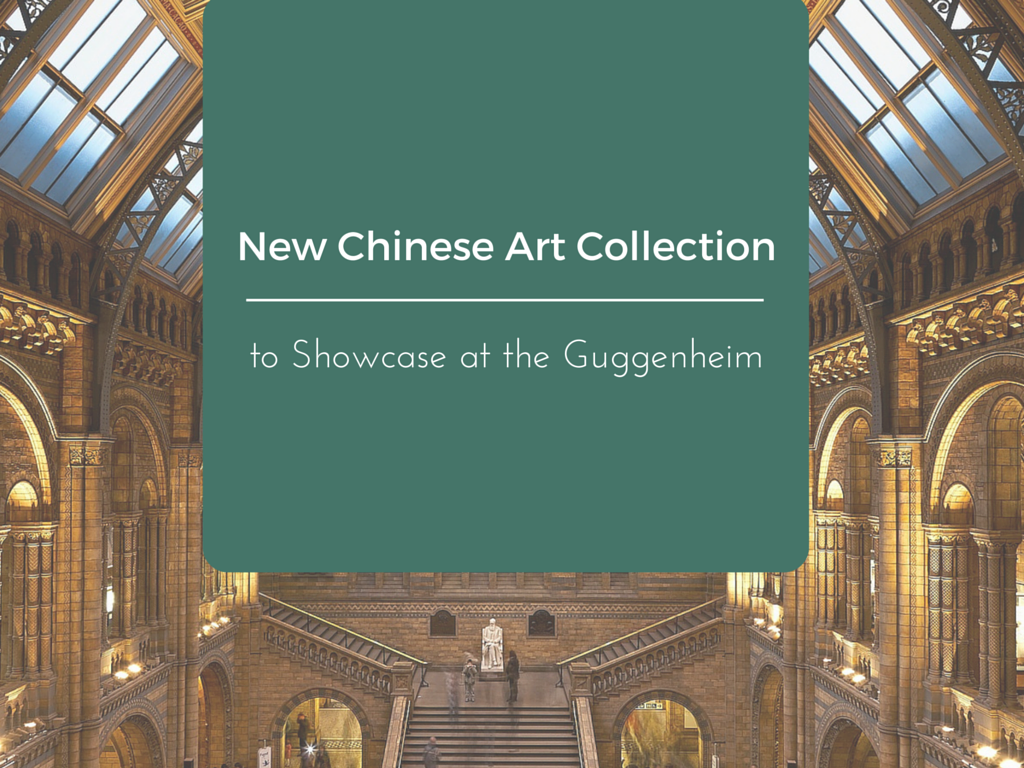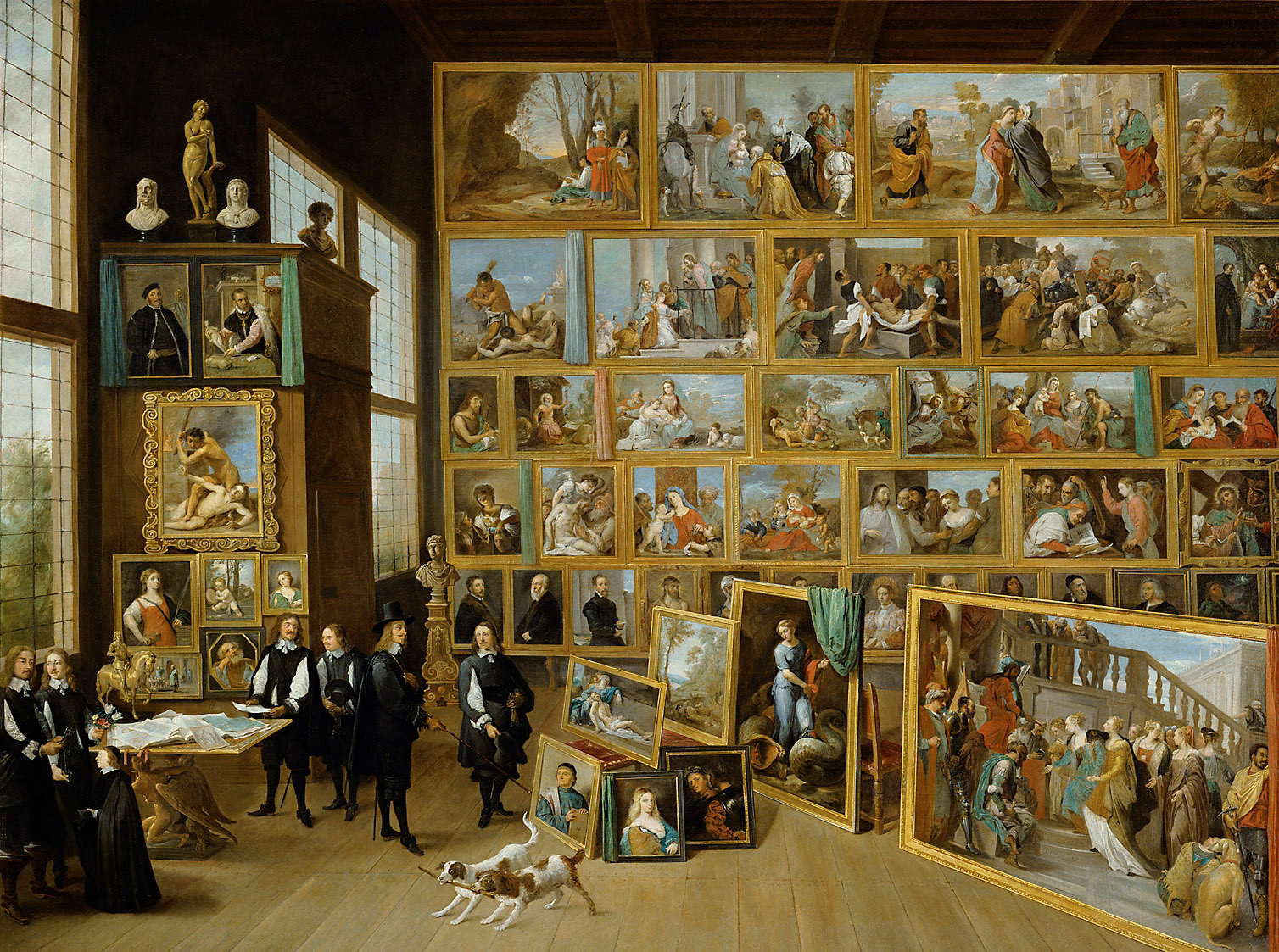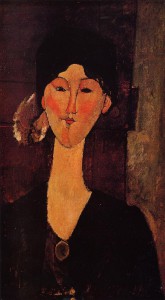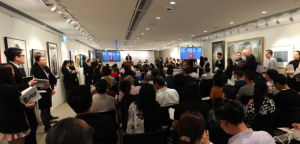The Guggenheim in New York City is currently expanding its collection in order to focus more on the evolving, complex nature of Chinese identity. Richard Armstrong, who has previously worked for other prestigious American institutions, such as the Carnegie Museum of Art and the Whitney, publicly announced in Hong Kong that the New York Guggenheim will showcase seven Chinese artists.
While this white colored rotunda has had its fair share of exhibitions, this is a precious moment for this Guggenheim branch to further indicate their ever growing, eclectic global collections.
The various artists come from the Robert H.N.Ho family Foundation, which has an initiative that primarily focuses on guiding and cultivating the potential for Chinese artists. Based in Hong Kong, this foundation’s mission is centered around the notion of art development to be one of the main cornerstones in overall societal growth.
With less than a year for these artists to make their creative mark in the New York Guggenheim, the museum’s collection will actually be completed for the public during the beginning of November. Chinese artists such as Sun Yuan and Peng Yu have been chosen by Richard Armstrong to exhibit their work that focuses on their nation’s history, ever changing political atmosphere and specifically how these factors contribute to their identity.
Both Sun Yuan and Peng Yu are especially appealing to the NYC Guggenheim because they are currently at a very unique, transitional phase in their careers as artists who have not yet peaked in their professional field, but are not necessarily new to the scene. The expected work that will display this iconic, white spiraled museum will traverse a wide array of forms, ranging from visual clips to large installations throughout the gallery.
In addition to an exhibition focusing on the work from contemporary Chinese artists, the Guggenheim is also in the process of acquiring art from the 1980’s-1990’s. According to Alexandra Munroe, the museum’s Asian art curator, art from this era is experimental and outlandish in nature, offering a very different, more visually intriguing side complementing contemporary Chinese art.
Interestingly enough, this show is expected to be the most extensive art collection of this nature to have grace a US based museum. Although there are limited details as to when or what this exhibition would specifically entail, it is clear that Chinese artists will be on the rise on the American art scene in the years to come.


 Former Goldman Sachs’ employee
Former Goldman Sachs’ employee  In recent year, art collectors have been popping up over the world, many spending millions to secure collections of art which are deemed priceless around the world.
In recent year, art collectors have been popping up over the world, many spending millions to secure collections of art which are deemed priceless around the world.